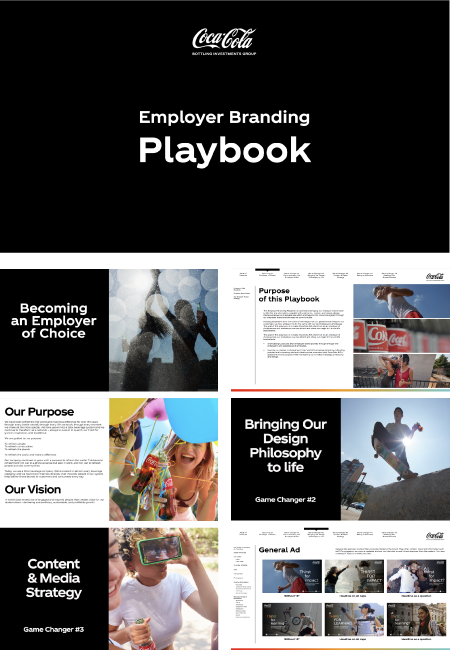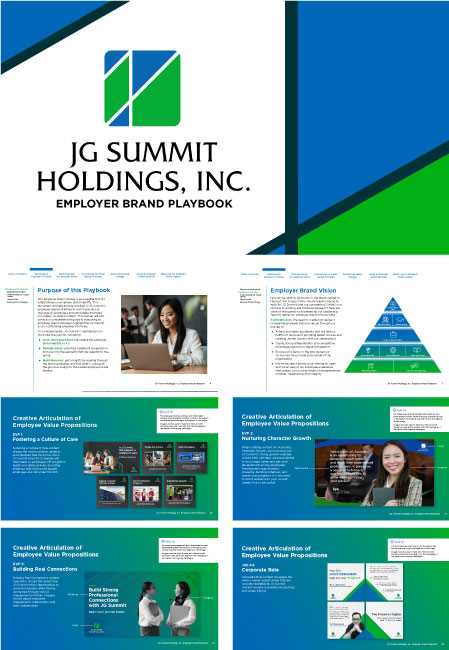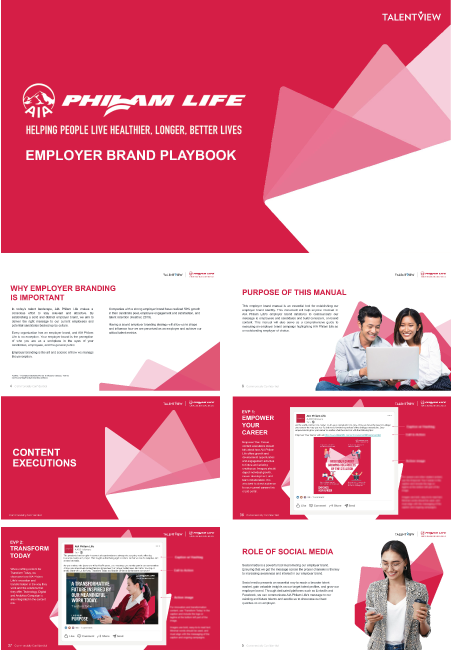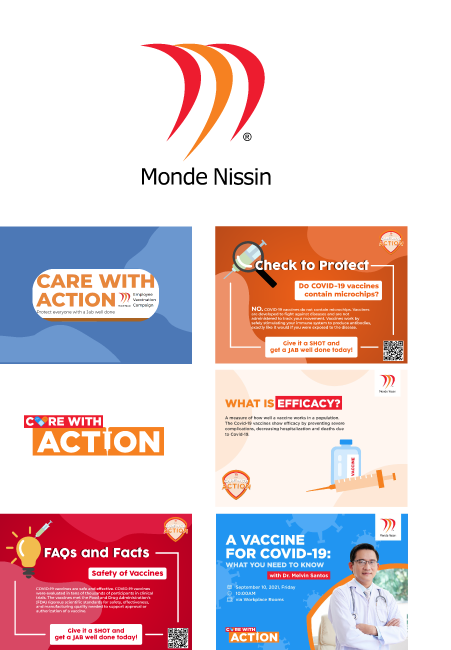4 Strategies for Reopening and Rehiring During COVID-19
As COVID-19-related restrictions are being lifted, many businesses are eagerly looking to welcome back both customers and employees. Reopening your doors is certainly a positive step, but requires careful consideration if your goal is to not only comply with existing regulations, but protect the future of your business.
With all of this to consider — plus the possibility of a coronavirus resurgence — the following guidance can help you map out how and when to rehire employees as you resume business activities.

Understanding local and federal guidelines is key in determining how quickly your business is legally allowed to resume business activities. But you should also consider what guidelines you’d like to put in place for your own business to keep employees and customers safe and position yourself for long-term success.
Government guidelines
Guidelines for reopening businesses vary by region and industry, so it’s critical to understand your local and federal government regulations. These regulations are based on a number of considerations, such as:
- Business and industry type
- Local factors (e.g., population, number of COVID-19 outbreaks, healthcare capacity)
- Advice from public health experts
You’ll also want to pay close attention to rules around what services you can offer (such as delivery or curbside pickup only) and at what capacity your business is allowed to operate (e.g., 50% of the maximum occupancy). This information can be especially useful for planning to rehire employees.
Your company’s guidelines
The schedules and rules put in place by your local and state government are a great starting point to help you decide when and to what extent you reopen. But even if your business has the green light to open up shop, it’s important to do what you think is best for your company.
For example, if your business is allowed to reopen at full capacity, you may still want to opt for a more gradual or phased reopening, depending on the nature of your business. This might mean limiting the number of customers in your shop at one time, or keeping your dining area closed for longer than required. Another option for adjusting business operations could be to allow your employees to work remotely as long as possible before asking them to return to the workplace.

Once you have a better understanding of the timeline for reopening your business, it’s time to think about rebuilding your team with these new guidelines in place, whether you’re bringing employees back onto the payroll or hiring new staff members.
Evaluate your hiring needs
Start by considering how many employees were required to fully staff your business pre-COVID-19. Use that number as a baseline to determine how many employees you’ll need in each phase of reopening. For instance, if your brick and mortar store generally needs 10 part-time employees to effectively operate under normal circumstances, perhaps five part-time employees can manage if you have reduced store hours or limited capacity.
COVID-19 has also changed the way some businesses operate, like in the case of a mobile food truck that now offers online ordering and delivery services, or a restaurant that’s expanded their reach by selling pre-packaged meals in local grocery stores. Other companies have even added new product lines in response to customer needs during the pandemic.
Did you need to restructure or shift employee responsibilities? It’s important to think about how these changes will impact your staffing needs and ensure you are appropriately staffed based on your new workload.
Something else to keep in mind
Employees may have added responsibilities around keeping work areas sanitized to maintain a healthy environment, on top of their core responsibilities. And with the future of COVID-19 still uncertain, consider what should happen in the case of a resurgence. As you start to rehire, be sure to communicate any uncertainties to candidates and employees.
If you’re not ready to hire permanent, full-time employees for this reason, consider hiring contract, contract-to-hire or part-time workers. You can also work with a staffing agency to help you find the right people for your open roles.
Rehiring tips for a smooth transition
Once you have a better understanding of your business needs in the current environment, it’s a good idea to be open and transparent about your staffing needs so that employees know what to expect when signing back on — or signing on for the first time. Give them details about any changes to their role or working environment, including any new responsibilities, the number of hours they’ll work and if there’s a possibility of remote work for a dedicated period of time.

One of your priorities during this time should be to help employees feel safe coming into work. Be open and honest in your communications about any changes you’ve made to keep both employees and customers safe, and include these guidelines and policies in any outreach and written offer letters.
Proactively sharing information like your disinfecting policies and face mask guidelines can go a long way to reassure them that their health is a top priority. Adding this kind of information to your company website, career page and social media accounts is also a good way to publicly show your plans and commitment to protecting the safety of others.
Some example language: “Your health and safety is our top priority. Our business is committed to keeping the workplace safe in accordance with health guidelines by [new health and safety measures your company is taking].”
In addition to basic sanitation and social distancing precautions, some other policies and procedures your company can put in place to help reduce the risk of COVID-19 exposure include:
- Requiring waivers. When employees arrive at the start of their shift, ask them to complete a form with a series of health-related questions (e.g., Do you feel feverish? Have you been in contact with someone who has a confirmed case of COVID-19?)
- Conducting temperature checks. Screen for fevers by checking temperatures when employees report to work.
- Encouraging rest. If an employee feels unwell, ask them to stay at home until they recover.
- Assigning a health coordinator. A dedicated health coordinator can help monitor and enforce your company’s COVID-19-related policies, in addition to being a go-to resource for employees who have questions.

As your company continues to navigate the new reality of business during this crisis, employee and customer feedback will be especially important. Encourage them to submit any thoughts and concerns, and do your best to respond in a timely manner.
Understanding your business obligations can also be challenging, especially during these uncertain times. In addition to understanding your legal responsibilities and complying with the law, you’ll need to consider what’s best for your business.
For instance, think through some common scenarios that could come up as you’re reopening: What will you do if an employee prefers to work from home to avoid the risk of exposure even though you’ve instructed staff to return to the workplace? When should an employee who may have or had coronavirus return to work? Can (or should) your business test for coronavirus?
Though the coronavirus pandemic has brought on a new wave of challenges for many businesses — and there are a number of questions that can only be answered with time — these rehiring tips can help you plan for a smooth transition back into the workplace when the time is right.
This article first appeared on Indeed website:
https://www.indeed.com/hire/c/info/reopening-rehiring-strategies-during-covid-19?hl=en&co=US
TalentView is an official partner of Indeed in the APAC region.
DOWNLOAD INDEED
PRODUCT SHEET

Fill out the form below to learn how yo use Indeed to get your next hire.
















